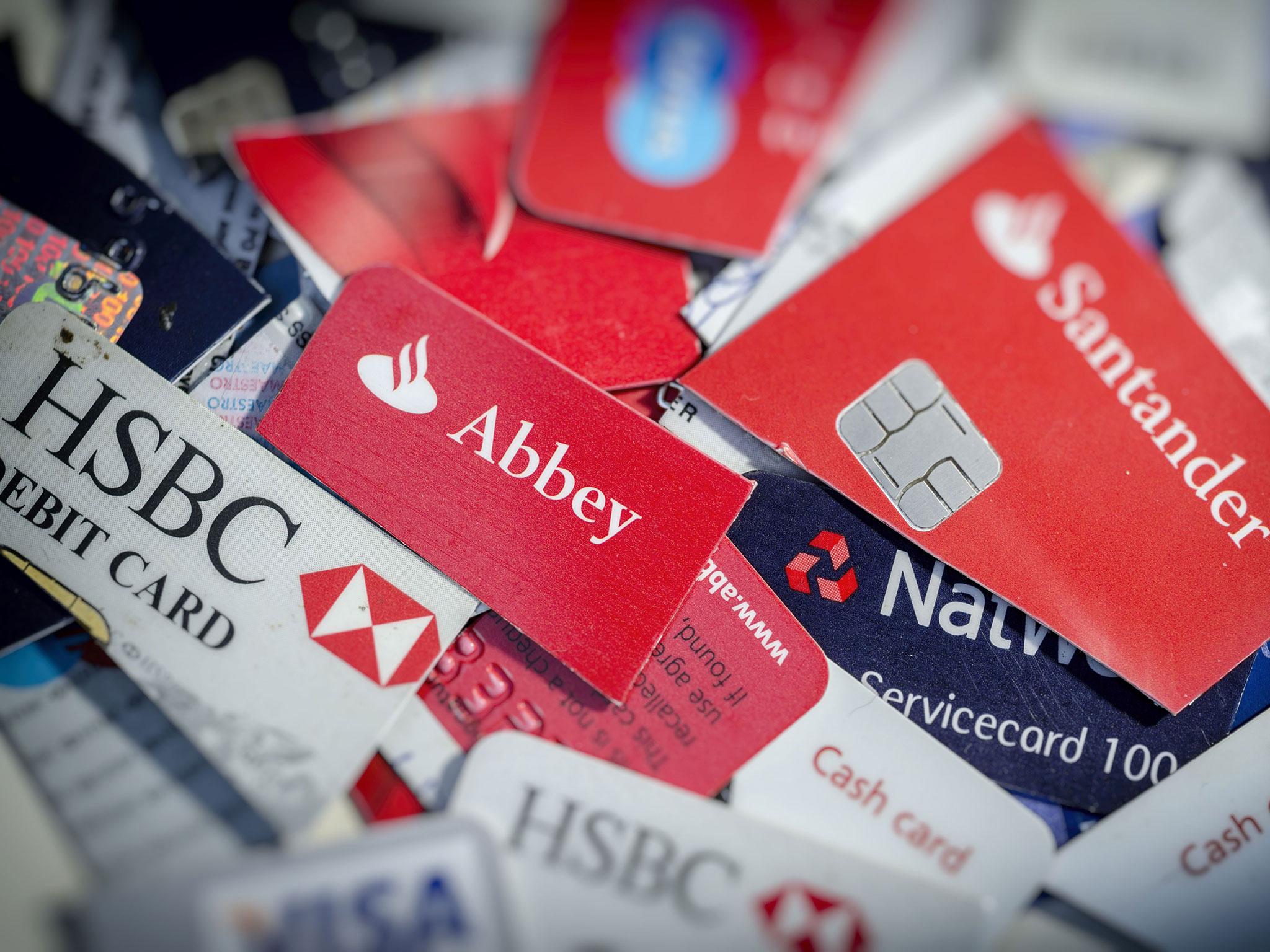Personal insolvency figures soar
22,500 people became insolvent this spring, despite a strong jobs market and recovering economy.

Your support helps us to tell the story
From reproductive rights to climate change to Big Tech, The Independent is on the ground when the story is developing. Whether it's investigating the financials of Elon Musk's pro-Trump PAC or producing our latest documentary, 'The A Word', which shines a light on the American women fighting for reproductive rights, we know how important it is to parse out the facts from the messaging.
At such a critical moment in US history, we need reporters on the ground. Your donation allows us to keep sending journalists to speak to both sides of the story.
The Independent is trusted by Americans across the entire political spectrum. And unlike many other quality news outlets, we choose not to lock Americans out of our reporting and analysis with paywalls. We believe quality journalism should be available to everyone, paid for by those who can afford it.
Your support makes all the difference.The number of people who slipped into insolvency between April and June jumped by more than one fifth compared with a year earlier, official figures have shown.
Some 22,503 people went insolvent across England and Wales in the second quarter of 2016, marking a 22 per cent increase compared with the same period in 2015 and a 7 per cent upswing compared with the previous quarter, according to Insolvency Service data.
The latest figures mean that over the past 12 months, one in every 541 adults became insolvent - an increase for the first time in two years, the service warned.
Personal insolvencies are made up of bankruptcies, individual voluntary arrangements (IVAs) and debt relief orders (DROs).
The upswing in the second quarter was driven by a big jump in the number of IVAs, which are agreements where money is shared out between creditors.
Some 12,225 IVAs were recorded in the second quarter, marking an increase of more than two-fifths (42.7%) compared with a year earlier, and 15.4% higher than the previous quarter.
The figures show 6,741 DROs were taken out, marking a 15.6% increase on a year earlier and a 0.3% rise on the previous quarter. DROs are aimed at people with lower levels of debt but no realistic prospect of paying it off.
Meanwhile, there were 3,537 bankruptcies, marking an 11.2% fall on a year earlier and a 5.4% drop off compared with the first three months of 2016.
Join our commenting forum
Join thought-provoking conversations, follow other Independent readers and see their replies
Comments